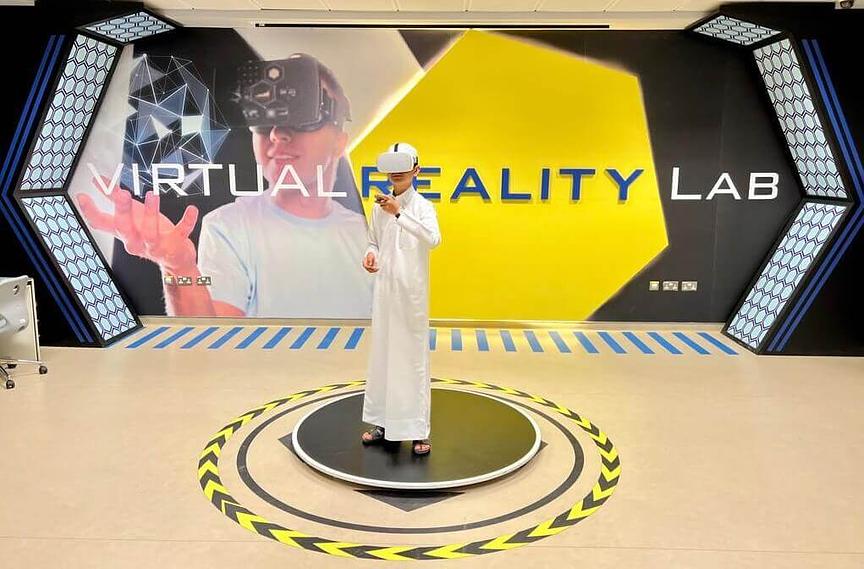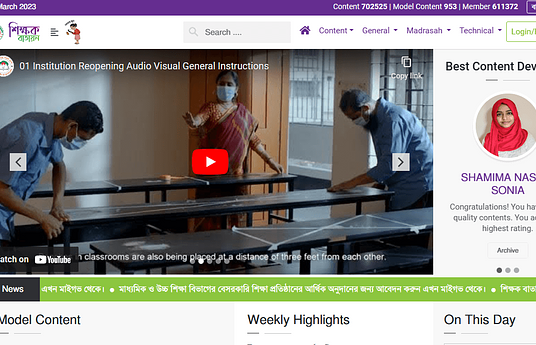AR & VR labs are becoming increasingly important in STEM schools. These labs provide students with hands-on experience in using cutting-edge technologies to visualize complex concepts, conduct experiments, and develop solutions to real-world problems. AR & VR labs can also foster creativity, collaboration, and critical thinking skills, which are essential for success in STEM careers.
Qatar Science and Technology Secondary School for Boys (QSTSS) has integrated VR and AR technologies into its curriculum to provide interactive and engaging virtual practical activities and 3D visualizations of complex scientific concepts. These labs offer a safe and accessible way for students to conduct virtual experiments and practical activities that cannot be performed in real-life settings due to safety concerns or lack of equipment. Our students have reported positive experiences with the labs, as reflected in perception surveys, and their academic performance has improved across various types of assessments. Additionally, teachers have noticed an improvement in students' practical skills in real lab settings, as they can now practice virtually before moving to wet labs. Overall, the integration of VR and AR labs has been a success at QSTSS.
The achievements over the last 1-2 years are:
1. Improved engagement and interest in STEM topics due to the interactive and immersive nature of the technology.
2. Increased accessibility and safety in conducting virtual experiments and practical activities that cannot be performed in real-life settings.
3. Improved academic performance, as reflected in students' assessment results and teacher feedback.
4. Enhanced practical skills and readiness for real-life lab settings.
Goals for the next 2-3 years are:
1. Expanding the use of VR and AR technology in more STEM subjects.
2. Enhancing the capabilities of the labs to provide more complex simulations and experiments.
3. Encouraging collaboration among students and teachers across different schools and countries through VR and AR technology
To adopt VR and AR labs, one should identify goals, evaluate readiness, determine budget, design curriculum, train teachers, implement labs, and evaluate impact continuously. QSTSS can be directly contacted for advise about the best practices and implementation plan.

.png)

